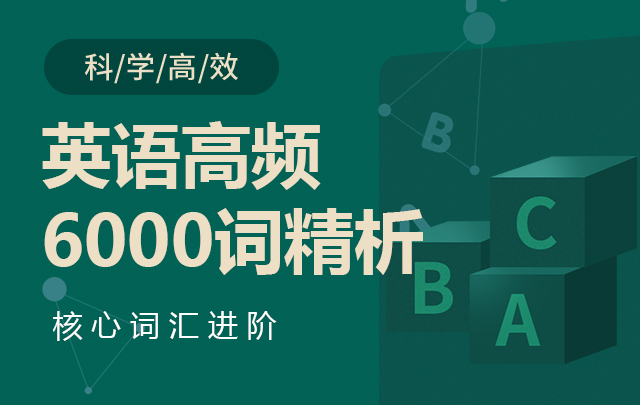Choo's initiative is just one example of the trend for diversification, customization and the partial abrogation of creative responsibility in favor of the customer that is sweeping the luxury fashion industry. Over at Gucci Alessandro Michele, the creative director, is offering what he calls the DIY service. In both tailoring and casual wear, Gucci now allows customers of both genders to dictate fabrics, linings and buttons, as well as to add or subtract patches and monograms. The choice might not be infinite – if you don't want the roaring tiger on the back of your souvenir jacket to be flanked by the cursive declaration “Blind for Love” in French, then though luck – but compared with the “what you see is what you get approach” of just a few years ago, the transformation is impressive. Burberry, Anya Hindmarch, Versace, Tod's and Karl Lagerfeld are just a few more high-fashion brand which, to a greater or lesser extent, are offering variations on the theme. When Burberry showed its collection in September, the clothes on the catwalk were instantly available all over the planet, as is increasingly the way when high fashion combines with digital technology; but when the audience flooded downstairs, they found an offering from the other end of the technological scale – craftspeople expert in silversmithing, embroidery, bookbinding, passementerie and ceramics making one-off products for the celebrity guests.
 .
.
New sorts of variety are breaking down the fashion houses' carefully honed, monolithic brand identity in other ways. Both Dolce & Gabbana and Prada are embarking on a policy (long espoused by Paul Smith) of making all of their stores look different and offering goods that are particular to those locations. As Stefano Cantini, group strategic-marketing director of the Prada Group, told Women's Wear Daily earlier this year: “Our customer is global and they find us wherever they are – so by carving out exclusive styles for different locations we are offering them the opportunity to collect on their travels and to purchase something that isn't available everywhere…This goes back to bigger strategy of offering the customer new and bespoke experiences around the world.”
Is mass fashion's urge to customize the latest fad or a fundamental shift in the relationship of consumers to the means of production? The customers will, eventually, decide; but Toffler was pretty sure which way the needle was pointing: “As this practice becomes widespread, the customer will become so integrated into the production process that we will find it more and more difficult to tell just who is actually the consumer and who is the producer.”
 免费试听
免费试听

时长 : 5:22 主讲 : 金格妃

时长 : 27:51 主讲 : 金格妃

时长 : 17:20 主讲 : 郭宁

时长 : 3:54 主讲 : 金格妃

时长 : 26:58 主讲 : 乔迪

时长 : 26:58 主讲 : 乔迪

时长 : 26:58 主讲 : 乔迪

时长 : 3:54 主讲 : 金格妃

时长 : 1:46 主讲 : 金格妃
 推荐阅读
推荐阅读
每天分享一篇中英双语美文,对英语口语的练习很有帮助,也是积累英语考试中写作,翻译素材的好资料,加油吧! Life is not easy
来源 : 网络 2021-08-12 17:02:00 关键字 : 双语美文
每天分享一篇中英双语美文,对英语口语的练习很有帮助,也是积累英语考试中写作,翻译素材的好资料,加油吧! The art of living
来源 : 网络 2021-08-11 17:02:46 关键字 : 双语美文
每天分享一篇中英双语美文,对英语口语的练习很有帮助,也是积累英语考试中写作,翻译素材的好资料,加油吧! 1 Without you,I& 39
来源 : 网络 2021-08-11 16:08:34 关键字 : 双语美文
每天分享一篇中英双语美文,对英语口语的练习很有帮助,也是积累英语考试中写作,翻译素材的好资料,加油吧! 作家Gerald Durrell写
来源 : 网络 2021-08-11 16:05:41 关键字 : 双语美文
每天分享一篇中英双语美文,对英语口语的练习很有帮助,也是积累英语考试中写作,翻译素材的好资料,加油吧! 1 Muhhamad Ali Ji
来源 : 网络 2021-08-11 16:05:06 关键字 : 双语美文
每天分享一篇中英双语美文,对英语口语的练习很有帮助,也是积累英语考试中写作,翻译素材的好资料,加油吧! 人人常常会感觉到不幸
来源 : 网络 2021-08-11 16:04:03 关键字 : 双语美文
每天分享一篇中英双语美文,对英语口语的练习很有帮助,也是积累英语考试中写作,翻译素材的好资料,加油吧! At this moment you
来源 : 网络 2021-08-01 17:43:00 关键字 : 双语美文
每天分享一篇中英双语美文,对英语口语的练习很有帮助,也是积累英语考试中写作,翻译素材的好资料,加油吧! Already run one mi
来源 : 网络 2021-07-31 17:42:00 关键字 : 双语美文
每天分享一篇中英双语美文,对英语口语的练习很有帮助,也是积累英语考试中写作,翻译素材的好资料,加油吧! Dear son 孩子:
来源 : 网络 2021-07-31 17:41:00 关键字 : 双语美文
每天分享一篇中英双语美文,对英语口语的练习很有帮助,也是积累英语考试中写作,翻译素材的好资料,加油吧! Sometimes I really
来源 : 网络 2021-07-31 17:35:00 关键字 : 双语美文
